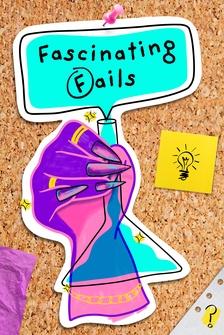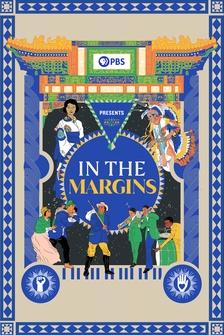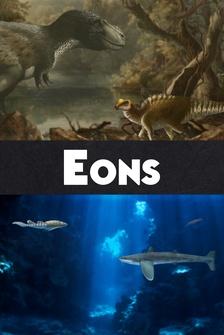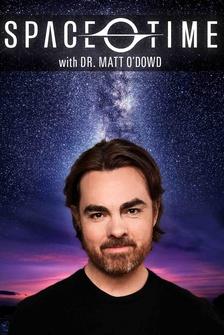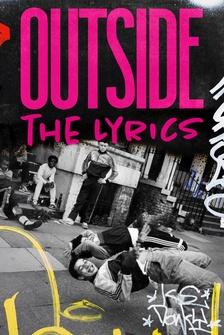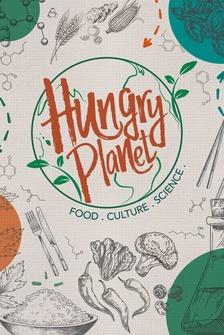- Climate models tend to agree that as we continue putting greenhouse gases into the atmosphere our oceans should warm along with our air, fueling stronger cyclones.
But since we started keeping records in 1851, the number of hurricanes making landfall in the US has actually trended slightly down, making the link between global warming and hurricanes confusing at best.
Still anyone who lives in range of hurricane landfall knows we've seen some of the strongest, windiest, wetest and most destructive hurricanes on record.
So we asked leading researchers what's going on and if hurricane history can help us understand what's coming next?
- The last 50 years really are unusual.
They stand out over the last 150 years at a very peculiar time, and we expect them not to be a very good guide about what is going to happen over the coming century.
- Hurricane scientists recently discovered the most likely mechanism to explain this climate confusion.
This discovery not only helps us understand the past, but allows us to create a much clearer picture of how hurricanes will change in the future.
And one worrisome change is more frequent, rapid intensification.
- You could have the case where we are looking at a category two, you wake up in the morning and offshore is a category four.
- In our previous episode on hurricanes, we explain that Atlantic hurricanes generally begin as thunderstorms in the tropics off the coast of Africa and require warm water and convection to grow.
For more detail on how this works, check out that episode.
That process is modeled by super computers, not just for understanding how individual storms will evolve, but also for understanding how these storms might change as we continue adding greenhouse gases into the atmosphere over the coming decades.
- So what we can do is we can run these climate models with greenhouse gas conditions representative of either the present day or pre-industrial times when greenhouse gases were lower than they are now, or what we expect greenhouse gases to be over the coming century.
We see that then the climate warms, the ocean warms, the atmosphere warms, we tend to have more moisture in the tropical atmosphere and all of these contribute to making the hurricanes in these models more intense than they are in the present.
- So a warmer atmosphere equals warmer water, equals more energy for storms to grow into hurricanes.
That makes sense.
But not only have we seen a decrease in hurricane landfall over the last century, we also haven't seen a significant increase in seasonal accumulated cyclone energy which measures maximum wind energy over the course of a season.
- And in a certain sense, that is a little bit discomforting because we would like to be able to see in the data over this period that we've seen a fairly clean signal of global warming and globally average temperatures, continental temperatures, heat waves.
We would've liked to have seen the signal of greenhouse gases in hurricanes as well.
- But looking at that graph in more detail reveals an important clue.
- So the post World War II era hurricane activity shows a clear, initially a decrease from World War II into the 1980s of hurricane activity and then a rebound into the 2002s and 2020s.
And so there's essentially a sort of a U shape at the end of our hurricane record.
Why do we expect something clean and sort of an intensification of hurricanes over the coming century?
And why do we see something different over the past 50 years?
- Gabe and others have identified two main drivers of the dip in hurricane activity that have essentially masked the effects of greenhouse gases over this period.
The first is basically natural variability, but the second fundamentally changed the way many scientists understand hurricane history in the future.
- One of them is a phenomenon known as the Atlantic Multidecadal Oscillation.
We refer to it in shorthand as the AMO and it is a natural cycle involving changing the strength of ocean currents and their ability to bring warm water northward that we think is intrinsic to the Atlantic.
And it tends to cycle from active to inactive phases with a timescale of about 50 years.
Superimposed on that though over the last 50 years, we also have what we think is an amplifying effect from what we call aerosols.
These are not aerosols as in a spray can, these are little particles of dust and soot in the atmosphere that act to shield sunlight from hitting the surface.
Following the big industrial buildup in World War II in Europe and North America, there was an increase in this particle pollution over the Atlantic.
This acted to shield the Atlantic from sunlight and lead to somewhat muted warming, or even perhaps some slight cooling as we went from the 1940s into the 1970s.
This acted to weaken hurricane activity where even the storms that formed tended to be weaker.
And so it was a muting both of frequency and intensity that when you look at quantities such as the number of major hurricanes, it becomes a really, really pronounced signal.
You get this very large decrease going from World War II to the 1980s and then a very large increase following that.
- My name is Hiro Murakami.
I'm a physical scientist at NOAA GFDL.
- His recent study shows the effects of recent increases in aerosol pollution over the Pacific coming from Asia.
- Since 1980, the United States and Europe actually decreased a lot of aerosol emissions, so that air become much cleaner than before.
On the other hand, China and India, they release a lot of aerosol from the factory and the car, then so that aerosol level is now picked out.
So this is very contrasting.
So the Eastern hemisphere increase a lot of aerosol emission, but Western hemisphere, the aerosol largely decreased.
But we speculate that in the future, aerosol may not play important role, but greenhouse gas play more important role.
- So now that Europe and North America have cleaned up their act, models show that hurricane activity over the North Atlantic should begin to bear the signs of global warming much more clearly.
- When we start comparing the next 30 years to the pre-industrial and even to recent history, we should start seeing a much cleaner signal from increasing greenhouse gases.
- And that's not necessarily good news if your home is in range of hurricanes.
- So an intensification of storms, wetter storms and these storms are gonna be acting also on higher sea level, which are going to give us a more challenging hazard to deal with when these storms you make landfall.
- Gabe and Hiro listed five ways that many scientists believe hurricanes will change as the climate warms and these are things we've already started to see.
Number one, warmer ocean surface water will fuel higher wind speeds, so much so that some scientists are already discussing adding a six category to the rating scale.
Number two, warmer air will hold more moisture and dump more rain on land.
Number three, higher sea level due to melting ice caps plus higher wind speeds will lead to an increase in storm surge.
Number four, pockets of especially warm water near land will lead to more frequent rapid intensification as cyclones make landfall, complicating decisions to evacuate and respond appropriately.
All of this is projected to increase the destruction from hurricanes, but maybe there's a bit of good news.
Number five, a warmer atmosphere will also lead to more stable air which is likely to decrease the overall number of tropical cyclones that form because the convection current needs cooler air high in the atmosphere to develop.
But the ones that we do see will likely be more intense and more destructive.





